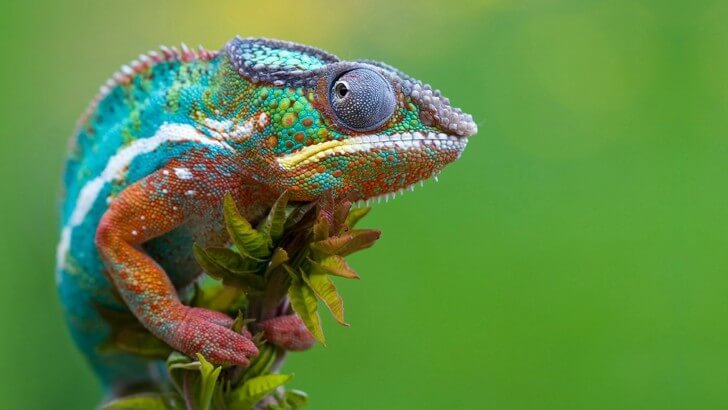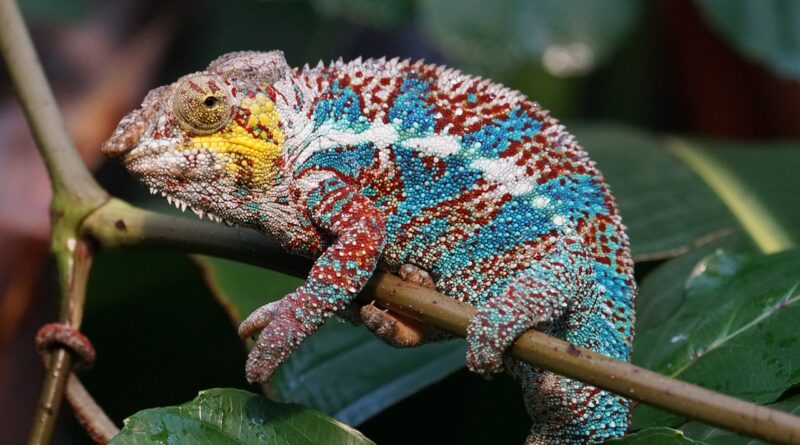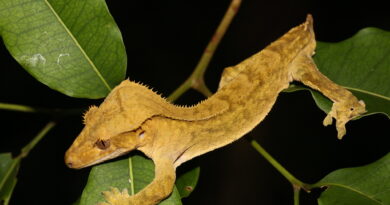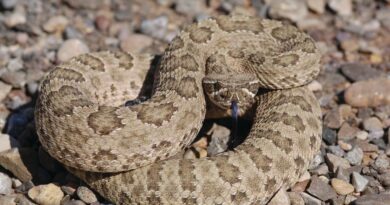The Complete Care Guide For Your Panther Chameleon
The Complete Care Guide For Your Panther Chameleon

Welcome to The Complete Care Guide For Your Panther Chameleon! Here, you’ll find all the information you need to provide the best care for your pet chameleon. From choosing the right habitat to understanding their dietary needs, we’ll cover it all. Plus, we’ll provide tips and tricks to help you keep your chameleon healthy and happy. Join us as we explore the fascinating world of Panther Chameleons and learn how to give them the best care possible.
Are you considering bringing a Panther Chameleon into your home? These fascinating creatures are known for their vibrant colors and unique personalities, but they also require specific care to thrive. In this guide, we’ll cover everything you need to know to provide the best care for your Panther Chameleon, from choosing the right habitat to understanding their dietary needs.
Choosing the Right Habitat
Understanding the Natural Habitat of Panther Chameleons

Panther Chameleons are native to Madagascar, where they live in a variety of habitats, including rainforests, coastal forests, and savannas. They are arboreal, meaning they spend most of their time in trees, and they require a habitat that mimics their natural environment.
Selecting the Right Enclosure
When choosing an enclosure for your Panther Chameleon, size is important. A full-grown Panther Chameleon can reach up to 20 inches in length, so you’ll need a cage that is at least 2 feet tall and 2 feet wide. You can choose from a variety of materials, including glass, screen, or mesh, but make sure the enclosure provides adequate ventilation.
Setting Up the Enclosure
Once you have your enclosure, it’s time to set it up for your Panther Chameleon. You’ll need to provide plenty of branches and foliage for your chameleon to climb and hide in, as well as a water source and a basking spot. Make sure the temperature and humidity levels are appropriate for your chameleon’s needs.
Meeting The Panther Chameleon’s Nutritional Needs
Understanding the Diet of Panther Chameleons

Panther Chameleons are insectivores, meaning they eat insects and other invertebrates. In the wild, they feed on a variety of insects, including crickets, roaches, and grasshoppers. In captivity, you can feed your chameleon a variety of insects, including gut-loaded crickets, mealworms, and waxworms.
Feeding Schedule and Quantity
Adult Panther Chameleons should be fed every other day, while juveniles should be fed daily. The amount of food you feed your chameleon will depend on their size and age, but a good rule of thumb is to feed them as many insects as they can eat in 10-15 minutes.
Supplementing Their Diet
In addition to insects, Panther Chameleons require supplements to ensure they receive all the necessary vitamins and minerals. You can dust their food with a calcium supplement and a multivitamin supplement to meet their nutritional needs.
How To Maintain The Health and Well-being Of Your Panther Chamelion
Monitoring Their Health

It’s important to monitor your Panther Chameleon’s health regularly. Look for signs of illness, such as lethargy, loss of appetite, or changes in behavior. If you notice any of these symptoms, consult with a veterinarian who specializes in reptiles.
Common Health Issues and How to Prevent Them
Some common health issues in Panther Chameleons include metabolic bone disease, respiratory infections, and parasites. To prevent these issues, make sure your chameleon’s enclosure is clean and well-maintained, and provide them with a healthy diet and proper hydration.
Providing Proper Hydration
Panther Chameleons require access to clean, fresh water at all times. You can provide water in a shallow dish or use a misting system to simulate rain. Make sure the humidity levels in their enclosure are appropriate to prevent dehydration.
Creating a Comfortable Environment

Temperature and Humidity Requirements
Panther Chameleons require a temperature range of 75-85°F during the day and 65-75°F at night. They also require high humidity levels, between 50-70%. You can use a combination of heating lamps, ceramic heaters, and misting systems to maintain the proper temperature and humidity levels.
Lighting and UVB Needs
Panther Chameleons require access to UVB lighting to help them synthesize vitamin D3, which is essential for their health. You can use a UVB bulb in combination with a basking lamp to provide the necessary lighting for your chameleon.
Providing Hiding Spots and Branches
Panther Chameleons require plenty of hiding spots and branches to climb and hide in. You can use live or artificial plants to create a natural environment for your chameleon and provide plenty of branches and perches for them to climb on.
Handling and Interacting with Your Panther Chameleon
Understanding Their Temperament

Panther Chameleons can be skittish and may not enjoy being handled. It’s important to approach them slowly and calmly and to respect their boundaries. If your chameleon seems stressed or uncomfortable, it’s best to leave them alone.
Proper Handling Techniques
If you do need to handle your Panther Chameleon, make sure to support their body and avoid squeezing or gripping them tightly. You can use a gentle touch to guide them onto your hand or arm and allow them to explore at their own pace.
Bonding with Your Chameleon
While Panther Chameleons may not enjoy being handled, they can still bond with their owners through interaction and observation. Spend time near their enclosure, talk to them, and offer them treats to help build a bond of trust.
Conclusion: Providing the Best Care for Your Panther Chameleon

Panther Chameleons are fascinating creatures that require specific care to thrive. By providing the right habitat, diet, and environment, you can help your chameleon live a long and healthy life. Remember to monitor their health regularly, provide proper hydration, and respect their boundaries when handling and interacting with them.
Recap of Key Points
- Panther Chameleons require a habitat that mimics their natural environment, with plenty of branches and foliage to climb and hide in.
- They are insectivores and require a diet of gut-loaded insects, supplemented with calcium and multivitamins.
- Regular monitoring and proper hydration are essential for maintaining their health and well-being.
- Panther Chameleons require specific temperature and humidity levels, as well as access to UVB lighting.
- While they may not enjoy being handled, Panther Chameleons can still bond with their owners through interaction and observation.
Tips and Tricks for Keeping Your Chameleon Happy and Healthy
- Use a misting system to simulate rain and provide proper hydration.
- Offer a variety of insects to keep your chameleon’s diet interesting.
- Use live or artificial plants to create a natural environment for your chameleon.
- Spend time near their enclosure and talk to them to help build a bond of trust.
Final Thoughts on Panther Chameleon Care
Providing the best care for your Panther Chameleon requires a commitment to their specific needs and behaviors. By understanding their natural habitat, dietary needs, and environmental requirements, you can help your chameleon live a long and healthy life. Remember to monitor their health regularly and provide plenty of love and attention to help them thrive.




